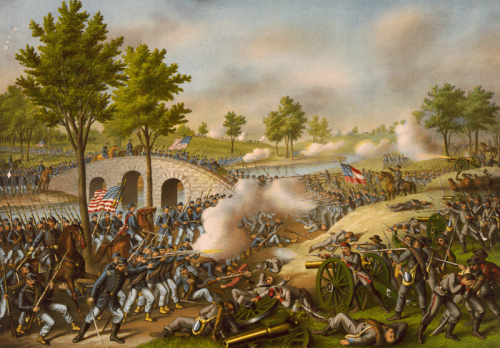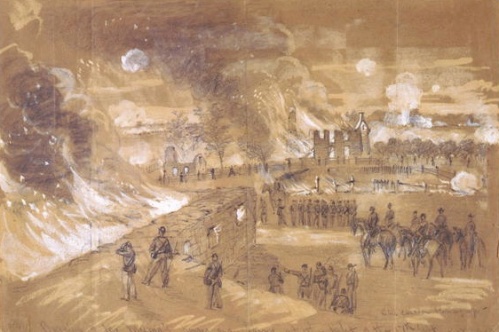Antietam is a name most Americans have heard. We learn it in high school history. However, many don’t recall why they know it, or even where it is.
Here’s where it is: Robert E Lee’s first invasion of the North occurred near Sharpsburg, Maryland. He was pressing southern momentum at Antietam Creek, toward Washington D.C after recent Confederate victories in Northern Virginia.
Here’s why it matters: More Americans — both Southern and Northern — died at Antietam on September 17, 1862, than any other battle ever fought on our soil.
The deadliest place was the sunken road, later named Bloody Lane. Thousands from both sides fell here while cannon, muskets and men fought tooth and nail.
My great-grandfather, Archie Van Orden, was in New York at that time, after mustering out from the Union infantry, recovering from serious battle wounds. But Antietam enflamed his patriotism, even if he could not walk. He yearned to rejoin troops fighting for Union. Months later he would enlist in the US Cavalry.
Mere days after the costly standoff at Antietam, with casualties of nearly 23,000, President Abraham Lincoln issued the Emancipation Proclamation. In the South, this was a monumental change. No longer was this a war over states rights, they now viewed it as a conflict to pursue a way of life, in which slavery was necessary. For the North, there was finally a future in which no slavery was permitted.
That’s why after Bloody Lane, there was no turning back. Too many Americans on both sides had given their lives for opposed beliefs. Only a winner would take all.







